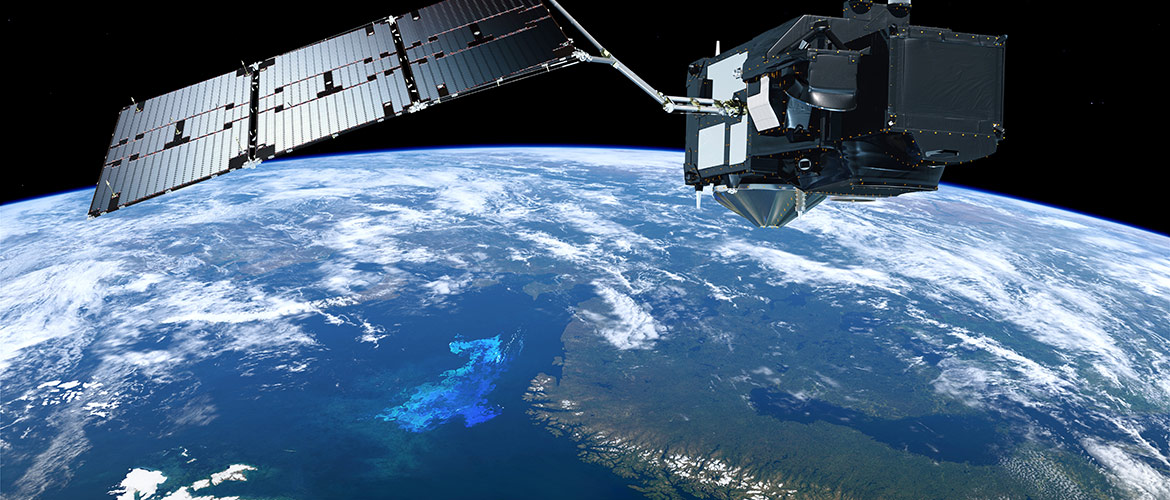Group Overview
Our group focuses on understanding how natural and man-made changes affect the biosphere, and using satellite information to improve modelling of weather and climate.The main research themes addressed are:
· Developing new global land and atmosphere datasets from current and future satellites
· Improving monitoring of forest health and productivity
· Quantifying regional and global land-atmosphere fluxes of carbon, water and radiation
· Advancing weather forecast and climate models
Examples of recent work includes the early detection of changes in forest and ecosystem health from aircraft and satellite, offering potential to manage threats from stress related to climate change, and increasing prevalence of disease and pests.
The group works with space agencies ESA and NASA in developing new satellite methods and datasets to improve understanding of the Earth’s biosphere and atmosphere. Examples are the retrieval of global atmospheric aerosol data sets in support of the ESA Climate Change Initiative, development of techniques to obtain data on vegetation structure in support of NASA’s ICESAT-2 mission, and algorithm development for ESA TRUTHS and Fluorescence Explorer (FLEX) planned satellite missions. This research involves development of theoretical radiative transfer modelling of light interaction with vegetation and atmosphere, such as the FLIGHT model, to underpin practical advances.
Our research contributes to climate change resilience initiatives through the development of early-warning systems for wildfire. Our work makes extensive use of state-of-the-art seasonal climate forecasts data, process-based ecosystem model outputs, remotely sensed data, and machine learning algorithms. The group works with national and international agencies, such as ECMWF and UK Met Office, and has contributed to improved modelling of weather and climate by these agencies.

